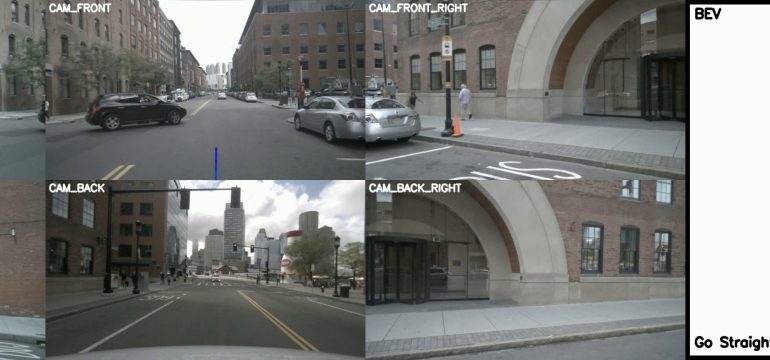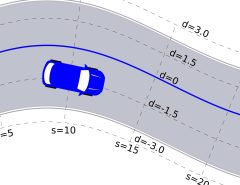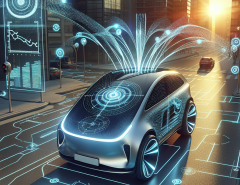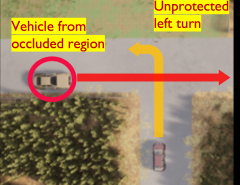Authors: Zhili Chen, Maosheng Ye, Shuangjie Xu, Tongyi Cao, Qifeng Chen
Published on: November 14, 2023
Impact Score: 7.4
Arxiv code: Arxiv:2311.08100
Summary
- What is new: PPAD introduces an iterative interaction mechanism for autonomous driving by modeling timestep-wise interactions among the ego vehicle, agents, and the environment, improving integration of prediction and planning.
- Why this is important: Most existing autonomous driving systems process prediction and planning in a strictly sequential manner, failing to dynamically model interactions among vehicles, pedestrians, and the environment.
- What the research proposes: PPAD proposes a novel interaction mechanism where prediction and planning are interwoven at each timestep, utilizing dynamic key objects attention to enhance modeling of interactions.
- Results: Experiments performed on the nuScenes benchmark demonstrate that PPAD surpasses current leading methods in autonomous driving accuracy and safety.
Technical Details
Technological frameworks used: Iterative Interaction of Prediction and Planning Autonomous Driving (PPAD)
Models used: Hierarchical dynamic key objects attention model
Data used: nuScenes benchmark
Potential Impact
Autonomous vehicle manufacturers, ride-hailing services, logistics and transportation companies could greatly benefit or face disruption by adopting insights from PPAD.
Want to implement this idea in a business?
We have generated a startup concept here: AutoNavigate.




Leave a Reply